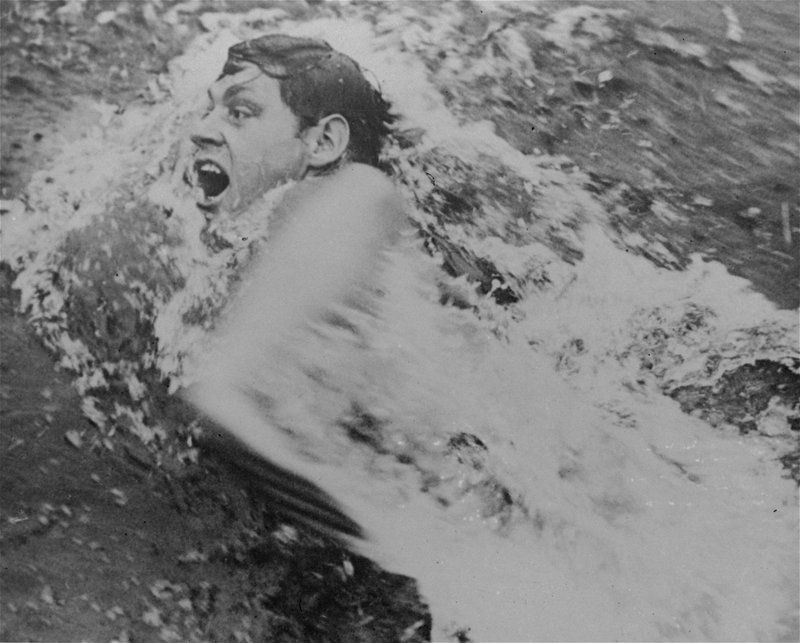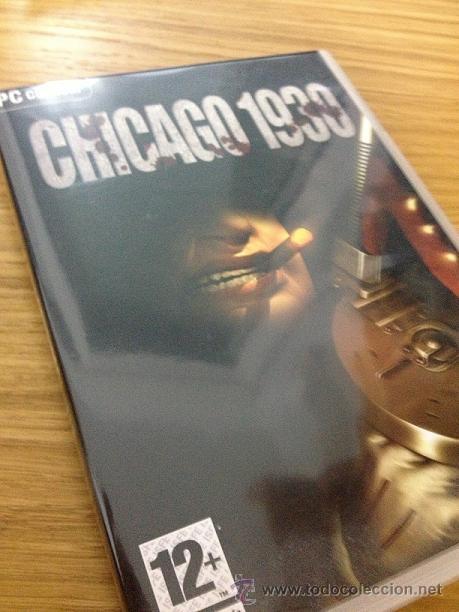

The high temperature for that Sunday in Chicago was 20 ☏ (−7 ☌), warmer than anticipated earlier in the week. CHB Safety, Mule Wilson tackled in end zone.


The league was thus required to make a rule change, as championship-deciding postseason matches were banned in 1924, and for the first time, arranged for a single game (essentially a replay) to determine the NFL Champion.ĭespite the winner of the game being declared Champions, it was ruled the game would be counted in the final standings, meaning the loser would drop to 6–2 (.750), and would finish third behind runner-up Green Bay. As the two games ended in 13–13 and 7–7 ties, the tiebreaker failed.

įurther complicating matters, though the Spartans and Bears had played each other twice during the regular season and the league's head-to-head tiebreaker accounted for a split two-game series, the tiebreaker only applied if each team won one game (the winner of the second game would be awarded the tiebreaker). The Packers controlled their own destiny at the end of the 1932 season, but lost their last two games to the Spartans and the Bears. Had pure win–loss differential or the current (post-1972) system of counting ties as half a win, half a loss been in place in 1932, the Packers' record of 10–3–1 (.750, +7) would have won them a fourth consecutive Championship, ahead of the Spartans' 6–1–4 (.727, +5) and the Bears' 6–1–6 (.692, +5). 769 (10 wins, 3 losses) winning percentage. 857 winning percentages, ahead of the defending Champion Green Bay Packers'. Under the rules at the time, standings were based on winning percentage with ties excluded from the calculation: thus, the Spartans and Bears each finished the regular season with identical. In 1932, the Spartans and the Bears tied for first place with 6–1 records.
#JUEGO CHICAGO 1930 SERIES#
While four of the first six championships were disputed, only once, in 1921, did two teams ever finish tied atop the standings: the Chicago Staleys, who became the Bears the following year, and the Buffalo All-Americans finished with identical 9-1 records, and had split a two-game series with each other, but league officials used a tiebreaker to controversially give the Staleys the title over the All-Americans. Since the NFL's first season in 1920, the league title had been awarded to the team with the best regular season record based on winning percentage with ties excluded.


 0 kommentar(er)
0 kommentar(er)
